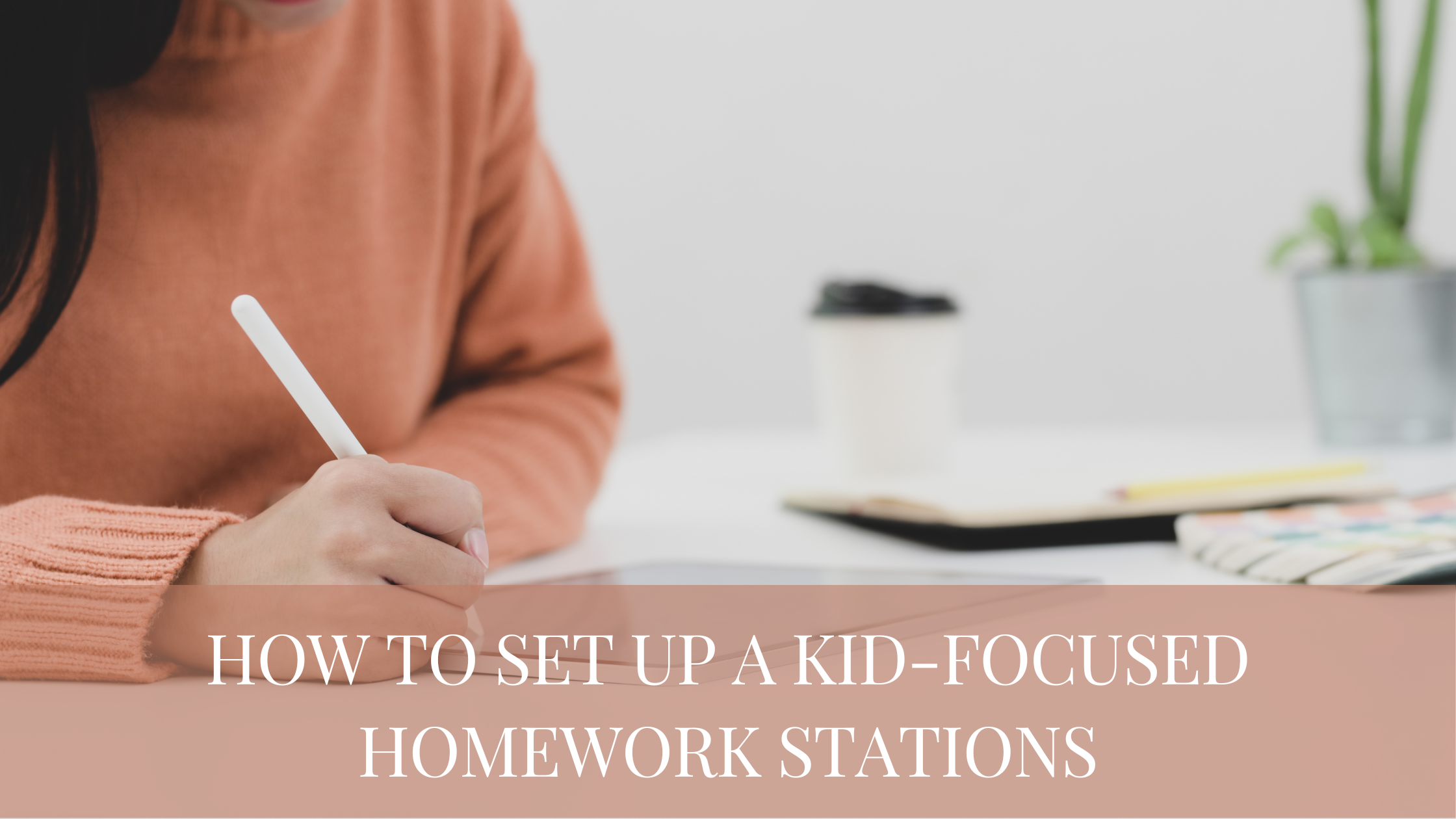Is now a good time to consider selling your home or buying a new one? It’s a good question to ask as the pendulum swings in the housing market. What’s in store for the rest of 2022? Let’s take a look at the factors ahead that will likely influence your decisions.
The Impact of Inflation on Mortgage Rates
The pandemic era’s record-low mortgage rates that enabled lightning-fast home sales in many housing markets around the country were an anomaly, not a new norm. While it’s no secret that the recent record-high inflation has caused ripple effects across many industries, it’s not as clear how this will affect the market.
If inflation continues to rise, mortgage rates will almost certainly respond to it.
“Until inflation peaks, mortgage rates won’t either. Without improvement on the inflation front, we don’t know where the interest rate ceiling will be,” stated Greg McBride, Chief Financial Analyst at Bankrate.
When rates rise, it affects your ability to afford a home, so whether you plan to buy or sell, mortgage rates are a key consideration.
Increase in Homes for Sale
Over the past few months, more homes have entered the market for sale. While this has certainly been driven by more homes being listed, increased mortgage rates reducing the incentive for buyers to purchase has also played a role. When buyer interest slows, home sales decrease, leaving more available homes for sale in the market.
This increase in available homes is expected to continue to rise, and likely dramatically. This is favorable if you’d like to see more options among for-sale homes. However, it may not be wise to be too choosy. While it won’t be nearly as challenging to find a home, there won’t be a sudden surplus for you to choose from, so it may be best to make the best decision from what’s available to you.
Home Prices will Continue to Appreciate
The pandemic’s skyrocketing home prices were driven by a dramatic gap between the number of buyers looking for homes and the number of for-sale homes. CoreLogic reported that 2021 saw a 21% appreciation in home values, and this has continued into 2022.
While the number of for-sale homes is increasing, there is still more buyer demand than home inventory, which continues to push home prices up. This is expected to cause prices to continue to rise rather than fall, but more slowly for the remainder of the year, a moderate 8.5%. If you plan to sell, the value of your home is expected to decrease, but waiting to buy could result in a higher cost for your next home. Consider making your move now before home prices rise even higher.
Is Now a Good Time to Enter the Housing Market
So is it a good time to jump into the housing market? As discussed above, several factors are causing a turning point in the housing market, which will very likely look different in the second half of 2022.
Buying or selling a home can have a significant effect on your finances, so understanding these influencing factors is critical to making the best decision possible. Partner with a real estate advisor who can help you navigate the changing market landscape and make the best plan for you and your move.


 Facebook
Facebook
 X
X
 Pinterest
Pinterest
 Copy Link
Copy Link










